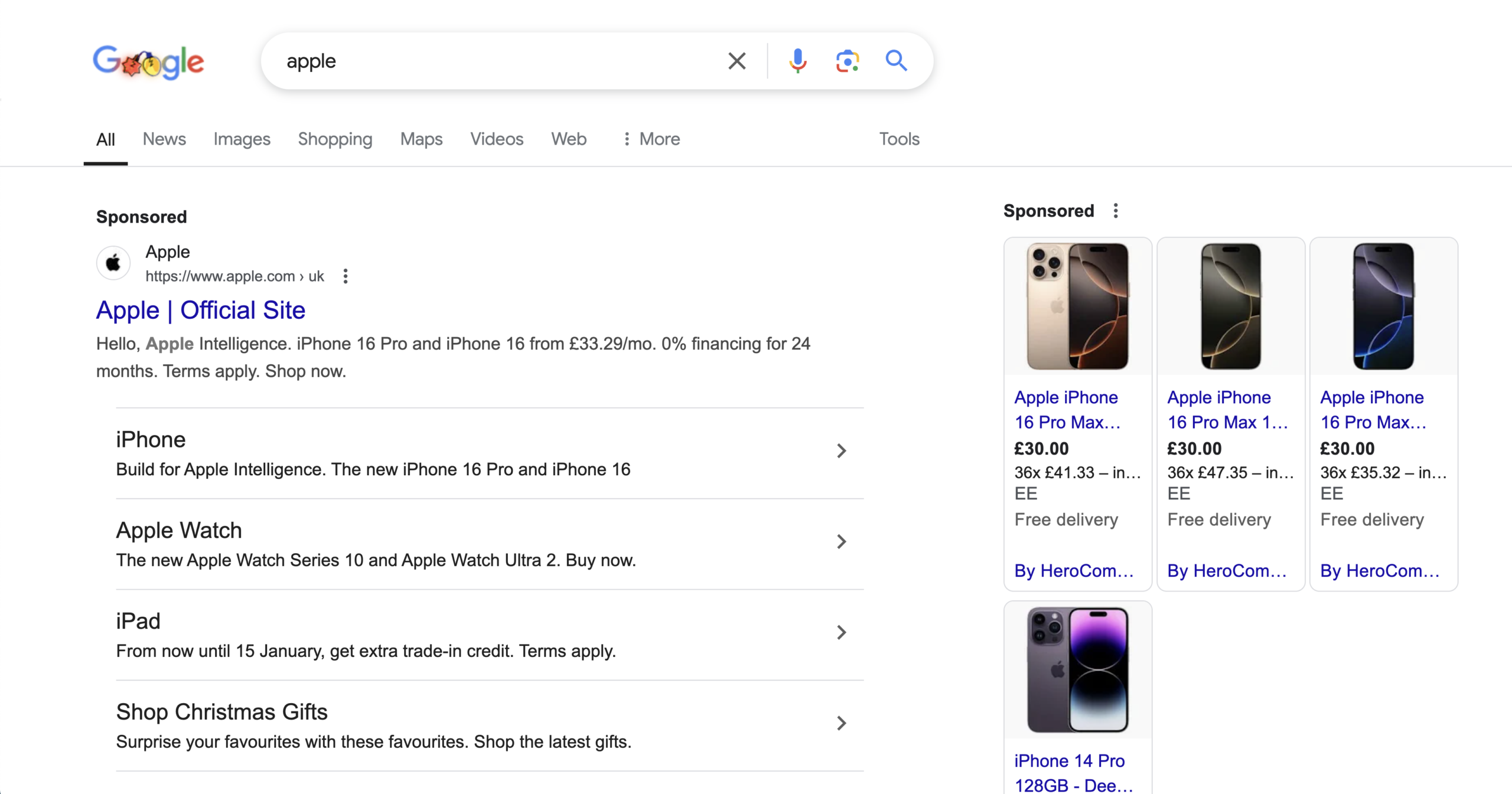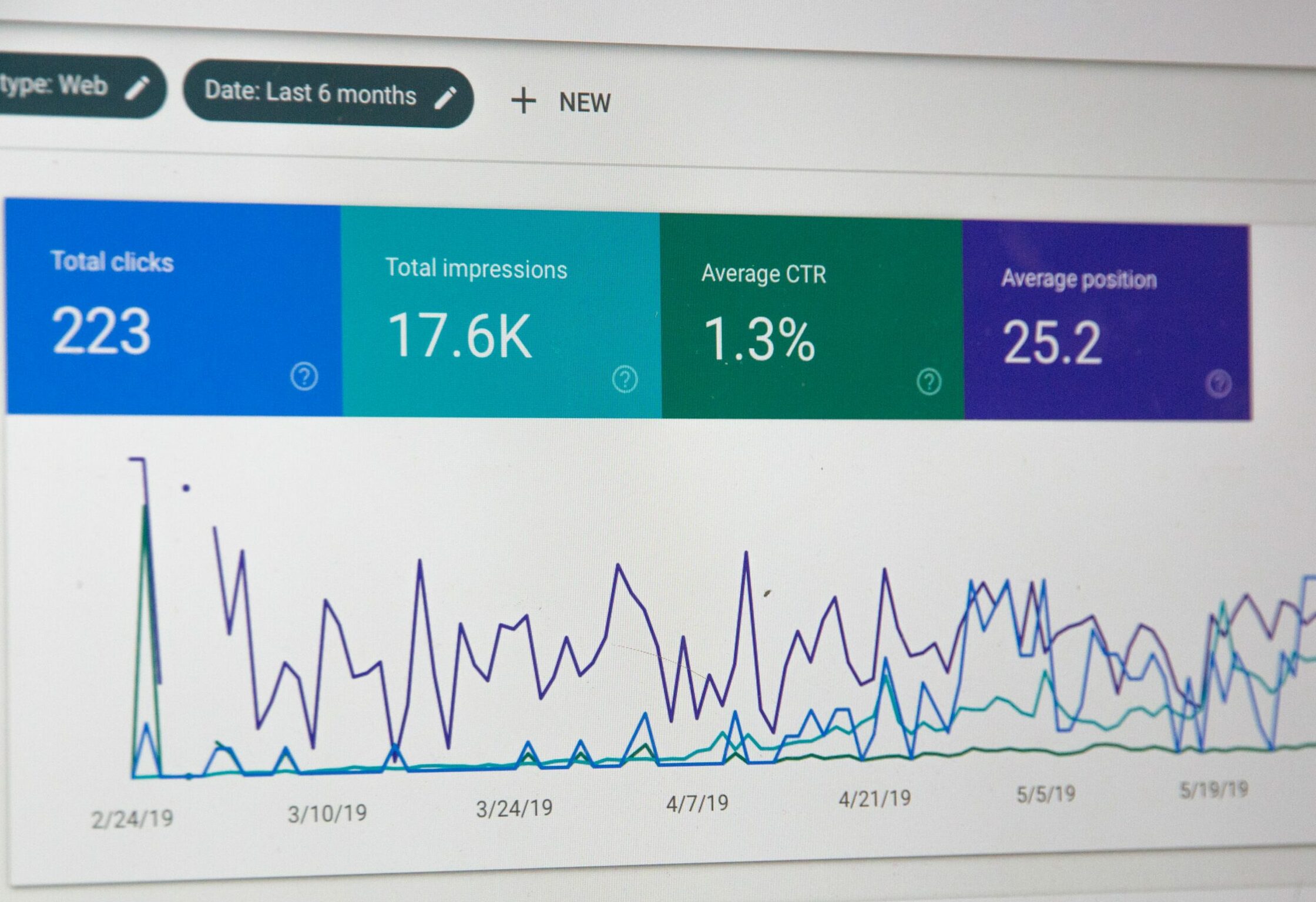Capitalising on the latest advances in automation, Google’s Performance Max campaigns offer businesses in the UK and beyond a unified route to maximise reach, conversion, and efficiency across all Google inventory. Yet the allure of automation does not remove the imperative for shrewd management. True success hinges on Performance Max campaign optimisation, requiring a blend of strategic planning, vigilant data analysis, and creative dexterity. The following expert guidance delivers practical and actionable ways to boost your results, drawing together the most effective Performance Max advertising strategies for the modern marketer.
What is a Performance Max Campaign?
Performance Max campaigns represent Google’s all-in-one advertising solution, enabling marketers to access every major channel – Search, Display, YouTube, Discover, Gmail, and Maps – through a single campaign type. Unlike standard Google Ads formats, Performance Max leans on powerful machine learning and automation to deliver ads across multiple networks, optimising in real time based on your goals, budget, and audience signals.
A robust approach to PPC Performance Max guide essentials begins with understanding that human insight and machine intelligence work best together.
Why Optimisation Matters for Performance Max
While Google’s automation manages targeting and bidding in Performance Max, inputting relevant data and making ongoing adjustments can markedly amplify outcomes. Without informed oversight, campaigns may waste spend on irrelevant placements or miss growth opportunities. Deliberate Performance Max campaign optimisation uncovers granular performance insights and propels campaigns towards exceptional return on investment.
Best Practice 1: Set Clear Campaign Goals
Start with a precise definition of your objectives – generating leads, driving sales, increasing in-store visits, or raising brand awareness. Performance Max campaigns operate most effectively when aligned with business KPIs and conversion actions set within Google Ads.
Google Ads Performance Max tips recommend:
- Linking to accurate conversion tracking
- Defining primary and secondary conversions
- Matching bid strategies to your key outcomes (e.g., maximise conversions for e-commerce; maximise value for high-ticket transactions)
Clarity of purpose enables the automation to prioritise best-fit conversions.
Best Practice 2: Use High-Quality Creative Assets
Performance Max campaigns thrive on diverse, high-quality creative materials. Since Google’s systems automatically generate and display ad combinations, your imagery, video, headlines, and descriptions must be both plentiful and compelling.
Performance Max advertising strategies for creative include:
- Supplying a full set of images (different sizes, styles, and products)
- Uploading at least one engaging video for use across YouTube and Display
- Crafting multiple headlines and descriptions with varied messaging
- Ensuring all branding is consistent and recognisable
Google often prioritises assets based on performance data; providing depth ensures the best possible combinations surface.
Best Practice 3: Leverage Audience Signals Effectively
Although Performance Max employs automation for targeting, you can steer campaigns by uploading smart audience signals. Supplying information about your ideal customer and recent site visitors helps the machine learning process jumpstart results.
Optimise Performance Max campaigns by:
- Building custom audiences from first-party data or customer lists
- Targeting users who have interacted with your site (remarketing)
- Including audience interests and demographics relevant to your offering
Audience signals do not restrict reach but guide the system toward more appropriate potential buyers, especially valuable during the learning phase.
Best Practice 4: Monitor and Adjust Budget Allocations
Automation benefits from well-distributed budgets. Review allocated spend and ensure sufficient daily budget to allow the machine learning algorithms space to identify what’s working.
PPC Performance Max guide budgeting advice:
- Avoid spreading budget too thinly across multiple overlapping campaigns
- Let campaigns run for at least 2–3 weeks before drastic budget changes, giving algorithms time to adjust
- Scale up investment for campaigns delivering a positive return while reducing or pausing underperforming ones
Cautious, incremental adjustments outperform abrupt reallocations, lending stability to automated learning.
Best Practice 5: Regularly Review and Analyse Campaign Data
Performance Max may be automated, but ongoing data analysis remains critical. Scrutinise the “Insights” report within Google Ads for valuable diagnostics on search themes, audience segments, and top-performing asset groups.
For improving Performance Max results:
- Examine conversion volume, cost per acquisition (CPA), and return on ad spend (ROAS)
- Assess which assets are labelled “Best” or “Low” by Google and update underperformers accordingly
- Explore location data, device segments, and time-of-day performance to find optimisation opportunities
Analytical rigour is the difference between passive management and campaign excellence.
Best Practice 6: Utilise Smart Bidding Strategies
Performance Max campaigns integrate Google’s smart bidding, designed to maximise conversions and value in real time. Leverage this advantage by selecting bidding models that reflect your business goals.
Best practices for Performance Max bidding:
- Use “Maximise Conversions” or “Maximise Conversion Value” for revenue-centric campaigns
- Layer on Target CPA or Target ROAS once enough conversion data is present for predictive learning
- Avoid frequent bid changes, which can destabilise the algorithm’s learning progress
Trusting and fine-tuning smart bidding delivers stronger results than manual intervention alone, particularly for high-volume accounts.
Best Practice 7: Test and Iterate to Improve Performance
Performance Max campaigns call for persistent experimentation. Regularly test new asset combinations, different offers, and alternative calls-to-action to learn what resonates most.
To optimise Performance Max campaigns:
- Rotate in new videos, images, and creative variants each month
- A/B test promotional messaging and landing pages connected to your campaign
- Swap or refine audience signals as your customer profiles evolve
Success with automation is never “set and forget” – constant iteration is essential.
Best Practice 8: Exclude Irrelevant Placements and Products
Use placement and brand exclusions to prevent ads from appearing alongside unsuitable content or targeting unwanted inventory, particularly for Shopping-heavy Performance Max campaigns. Also, regularly filter products that are low-margin, out of season, or have poor conversion rates.
Best Practice 9: Sync With Your Other Campaigns
Performance Max works best when you harmonise its goals, exclusions, and budget decisions with your Search, Shopping, and Display strategies. For branded search terms, dedicate exact match Search campaigns to control spend; for generic reach, let Performance Max fill in the gaps.
Best Practice 10: Stay Informed and Educate Your Team
Performance Max is evolving rapidly, with frequent updates from Google. Stay abreast of new features, metrics, and policy changes to maintain a leading edge. Train your team to understand key distinctions from traditional campaign management and empower them to make informed optimisation decisions.
Conclusion
Performance Max campaigns offer a potent mixture of automation and reach, but effective outcomes are far from automatic. Structured planning, high-quality creative, informed audience input, and relentless optimisation are core to Performance Max campaign optimisation. By applying these ten expert tips, advertising managers and business owners in the UK market – and beyond – can harness the full force of Google’s latest technology, achieving more valuable results, higher conversion rates, and maximum return from every pound invested in paid media.






